Parts of a Wave Worksheet
If you're a science teacher or a student studying physics, you've probably come across the concept of waves. Understanding the various parts of a wave, such as amplitude and wavelength, can be crucial in grasping the fundamentals of this fascinating topic. In this blog post, we've compiled a worksheet that will help you practice identifying and labeling the different components of a wave. Whether you're looking to solidify your knowledge or prepare for an upcoming test, this worksheet is perfect for you.
Table of Images 👆
More Other Worksheets
Kindergarten Worksheet My RoomSpanish Verb Worksheets
Cooking Vocabulary Worksheet
DNA Code Worksheet
Meiosis Worksheet Answer Key
Art Handouts and Worksheets
7 Elements of Art Worksheets
All Amendment Worksheet
Symmetry Art Worksheets
Daily Meal Planning Worksheet
What is a wave?
A wave is a disturbance or oscillation that travels through a medium, transferring energy without transferring matter. Waves can take many forms, such as sound waves, light waves, and water waves, each characterized by distinct properties like frequency, amplitude, and wavelength. Waves are fundamental to many natural phenomena and are important in fields ranging from physics and chemistry to biology and technology.
What are the two main parts of a wave?
The two main parts of a wave are the crest, which is the highest point of the wave, and the trough, which is the lowest point of the wave. These parts alternate as the wave moves through a medium, carrying energy from one place to another.
What is the crest of a wave?
The crest of a wave is the highest point of the wave above its resting position, typically measured from the equilibrium line. It is the point where the wave reaches its maximum height before breaking or receding.
What is the trough of a wave?
The trough of a wave is the lowest point on the wave, where the displacement of the medium is at its minimum. It is the part of the wave that is below the equilibrium position and is opposite to the crest, which is the highest point on the wave.
What is the amplitude of a wave?
The amplitude of a wave is the maximum displacement of a particle from its equilibrium position during one complete cycle of the wave. It represents the strength or intensity of the wave and is usually measured from the equilibrium position to either the crest (top) or trough (bottom) of the wave.
What is the wavelength of a wave?
The wavelength of a wave is the distance between two successive points in a wave that are in phase, or the distance the wave travels during one complete cycle. It is commonly denoted by the symbol ? and is used to describe various types of waves, such as electromagnetic waves, sound waves, and water waves.
What is the frequency of a wave?
The frequency of a wave is the number of complete oscillations or cycles that occur in a given time period, usually measured in hertz (Hz) which represents cycles per second.
How are frequency and wavelength related?
Frequency and wavelength are inversely related: as the frequency of a wave increases, the wavelength decreases, and vice versa. This means that when the frequency of a wave is high, the wavelength will be shorter, and when the frequency is low, the wavelength will be longer. Mathematically, the relationship between frequency (f) and wavelength (?) is described by the equation speed = frequency x wavelength, where speed is the speed of the wave.
What is the period of a wave?
The period of a wave is the time it takes for one complete cycle of the wave to occur, typically measured in seconds. It is the time it takes for a point on the wave to move from one peak or trough to the next subsequent peak or trough.
How do waves transfer energy?
Waves transfer energy by causing particles to oscillate or vibrate as the wave passes through a medium. This movement of particles results in the transfer of kinetic energy from one particle to the next, allowing the wave to propagate and carry energy across space. The energy of a wave is proportional to the amplitude and frequency of the wave, with larger amplitudes and higher frequencies corresponding to greater energy transfer.
Have something to share?
Who is Worksheeto?
At Worksheeto, we are committed to delivering an extensive and varied portfolio of superior quality worksheets, designed to address the educational demands of students, educators, and parents.

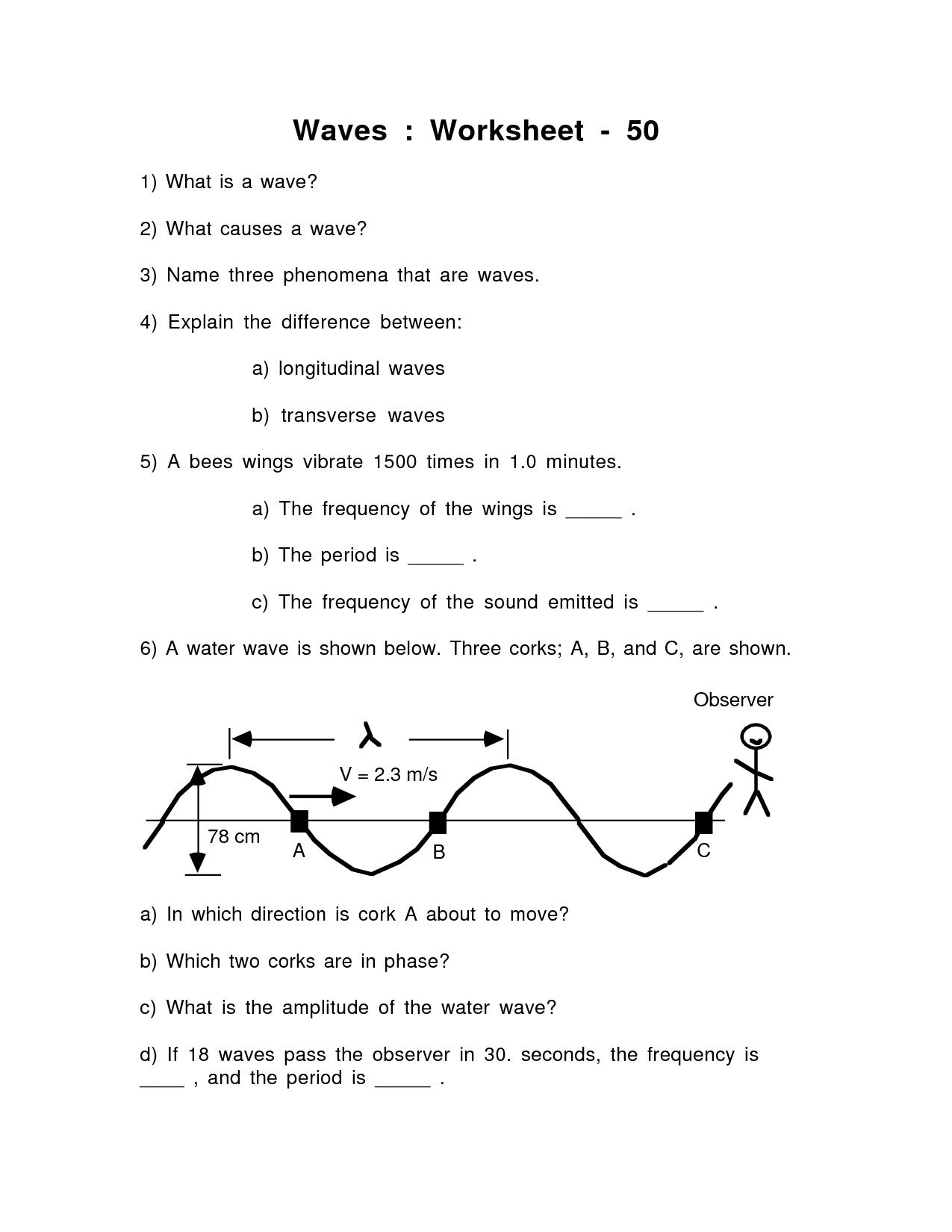



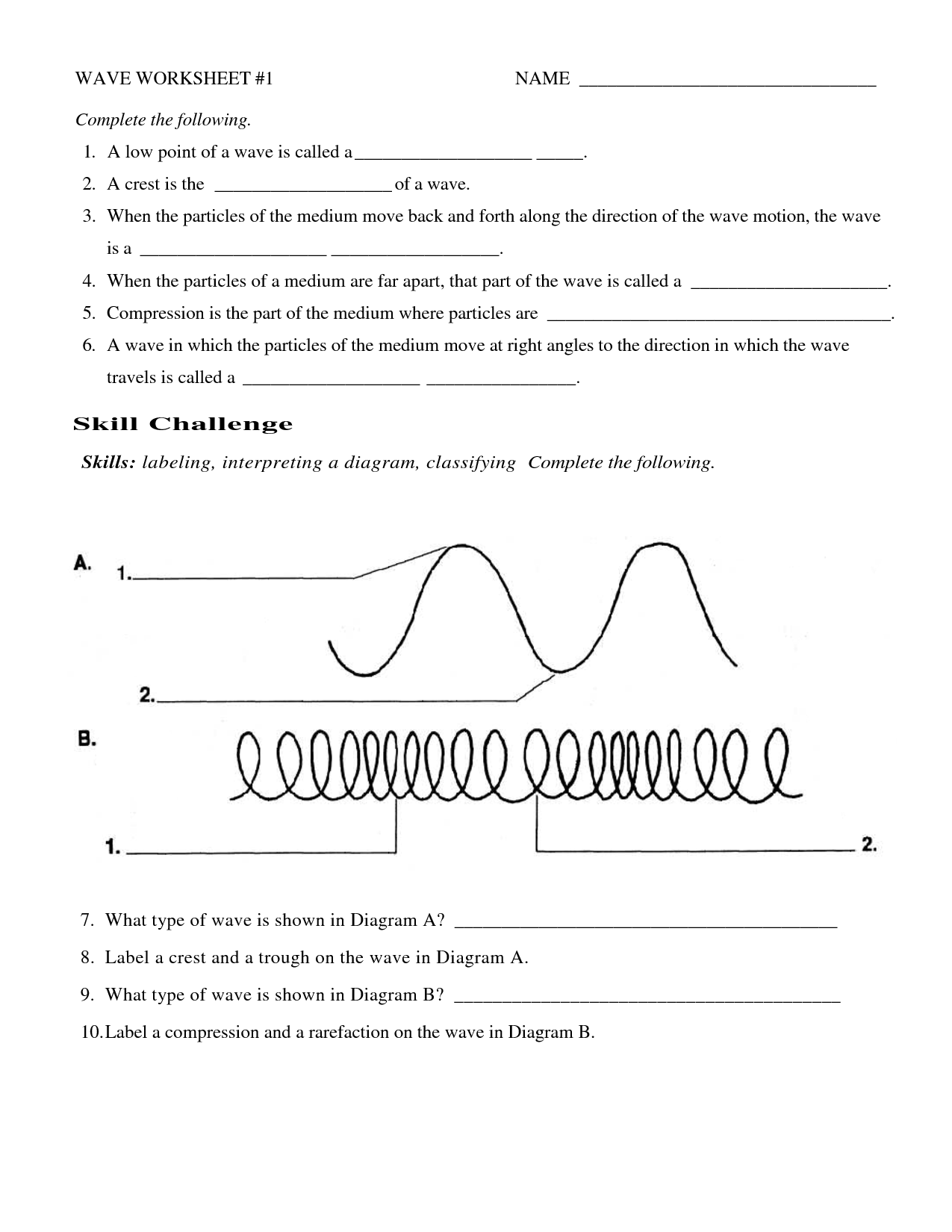
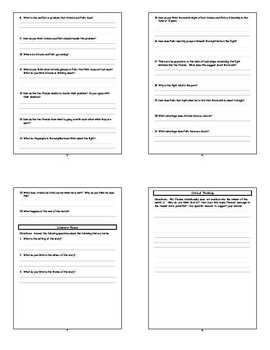
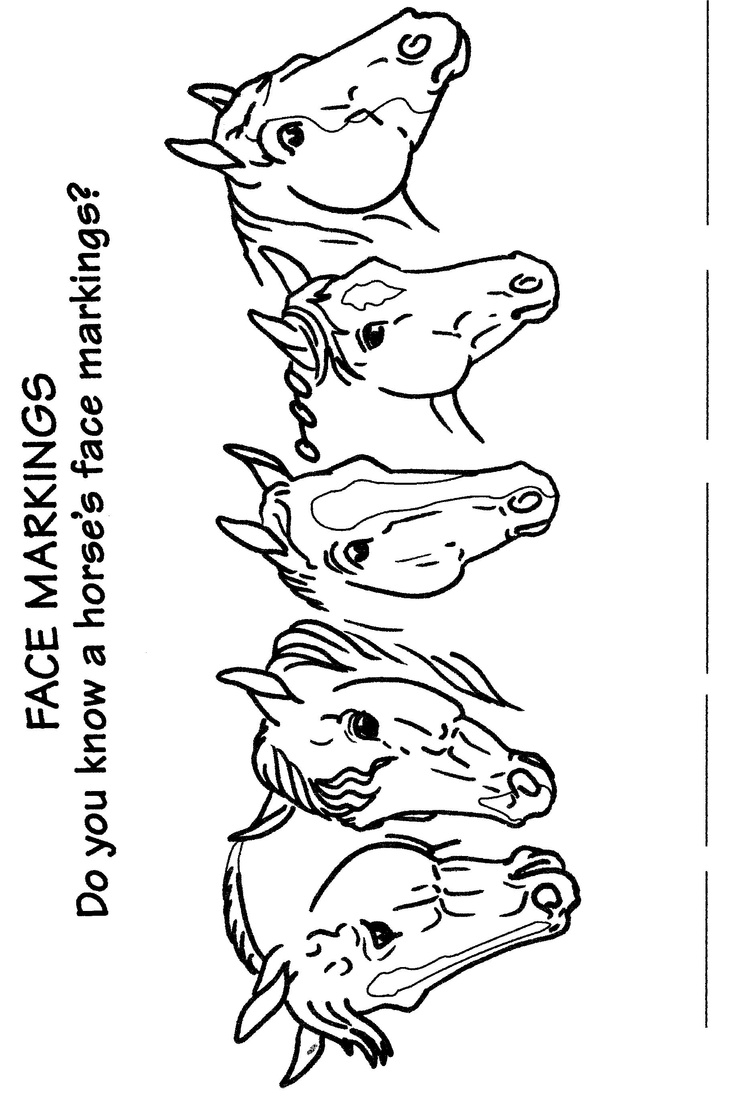
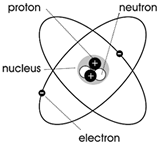
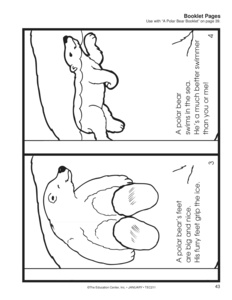
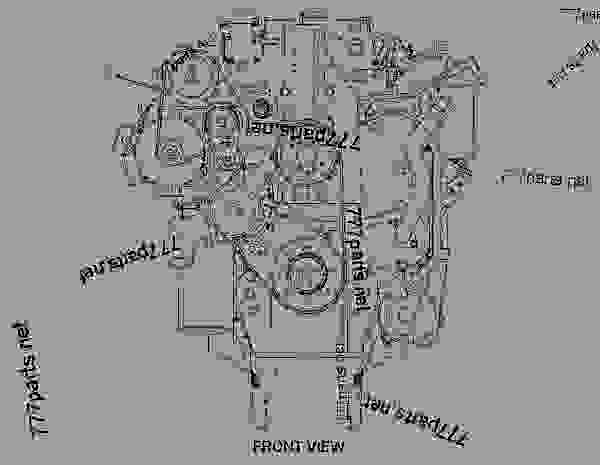
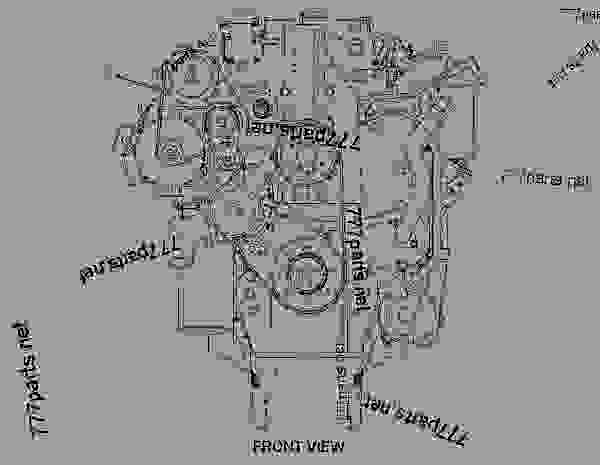
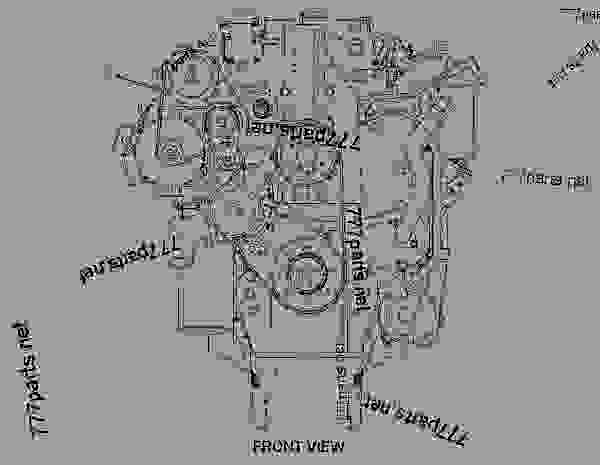
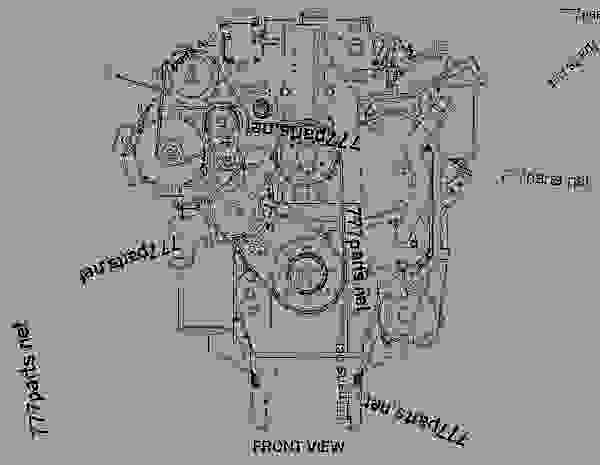
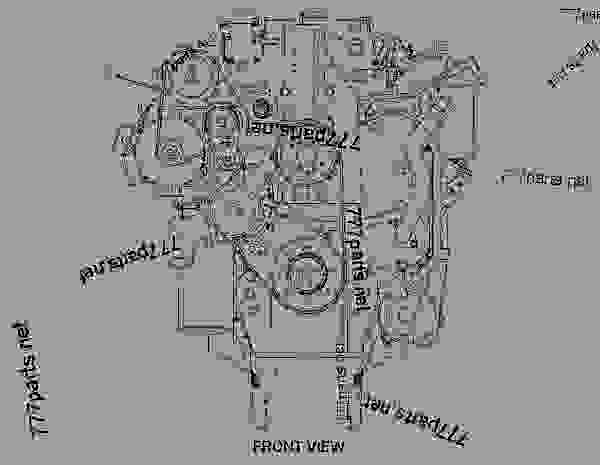
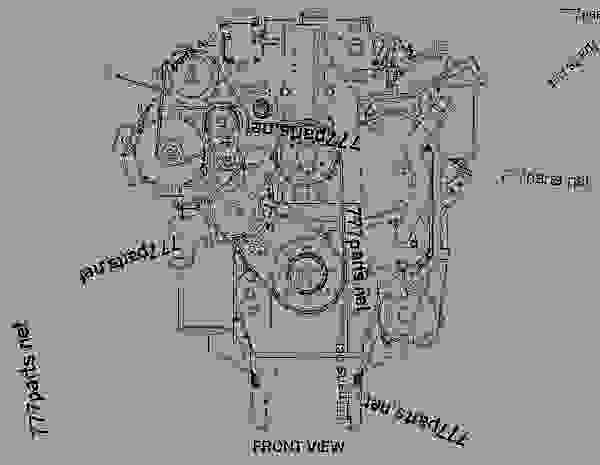
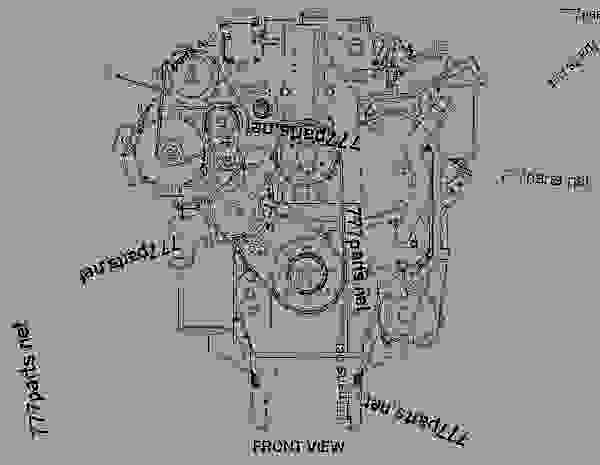
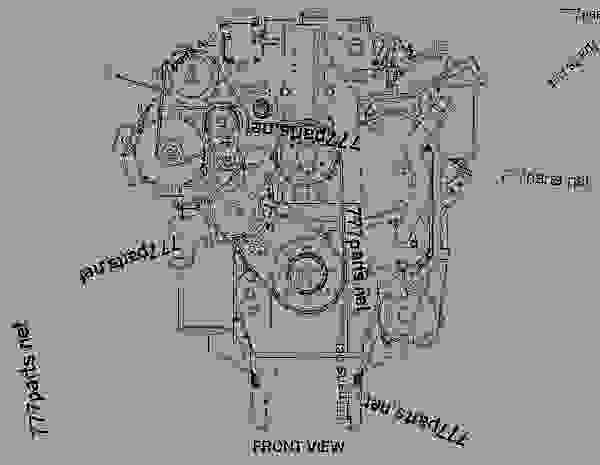
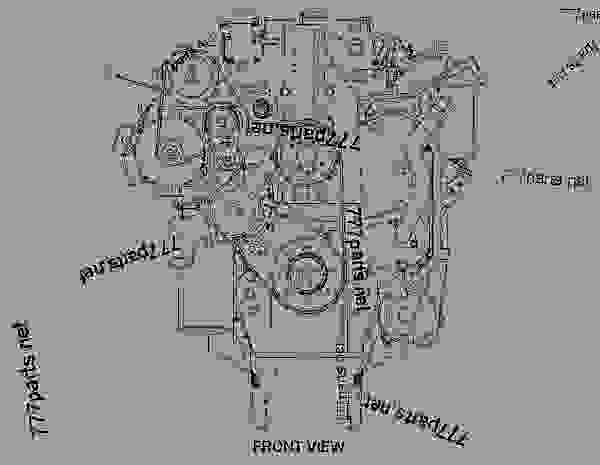
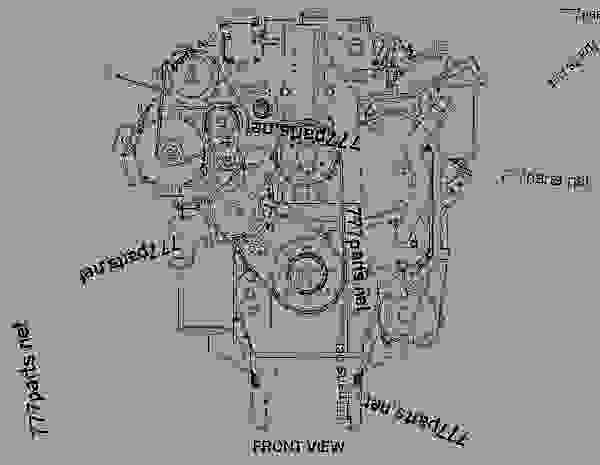
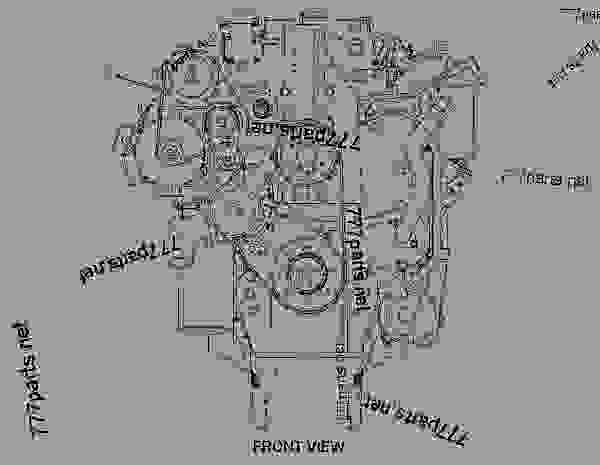
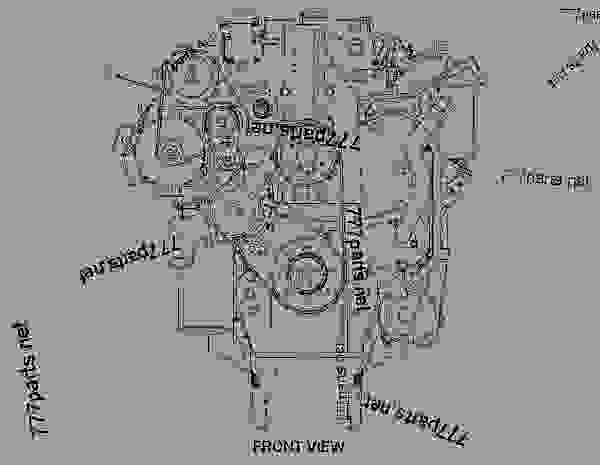














Comments